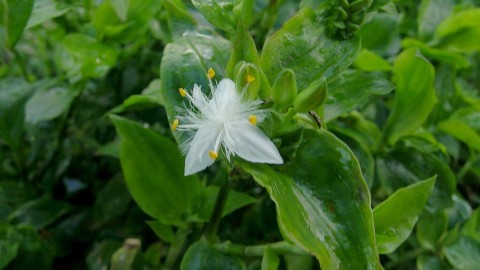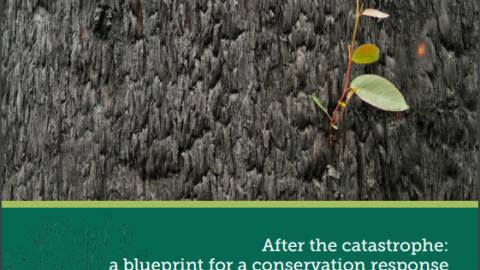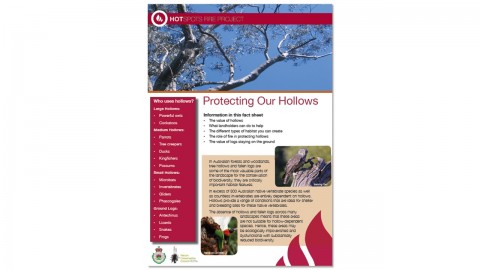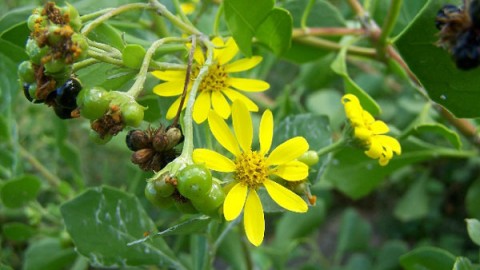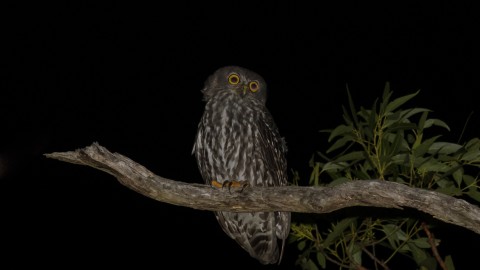High-intensity fires pose risks to wildlife. Beyond causing direct mortality, severe bushfires can cause indirect threats to wildlife through the loss of habitat and food. Animals may be left exposed, vulnerable and in need of protection. As such, short-term emergency shelters may prove beneficial to protecting wildlife.
As the frequency and severity of emergencies increase, innovative solutions are being proposed. ReHabitat Pods are eco-friendly, temporary shelters designed to protect wildlife from predators in areas affected by bushfires. They were designed by Dr Alexendra Carthey, a research fellow at Macquarie University. Alex is a wildlife conservationist with a focus on terrestrial ecology, invasive species and disturbed ecosystems. She was inspired to design ReHabitat Pods after the 2019-2020 Black Summer bushfires that had devastating impacts on Australian wildlife, killing more than three billion animals (Dickman, 2021). The pyramid-shaped pods feature various-sized openings for animals and are easily foldable for convenient assembly. As they are constructed from biodegradable cardboard, the pods do not have to be collected and will disintegrate without leaving a trace.
ReHabitat Pods can act as part of wildlife disaster response protocols following severe bushfires. They can serve as vital emergency shelters when the natural vegetation that typically provides refuge for wildlife is consumed by fire and can no longer offer support. In this post-bushfire period, these temporary shelters can support wildlife as they wait for the regrowth of vegetation and may help contribute to the recovery of animal populations. Some examples of species that have been spotted interacting with the ReHabitat Pods include bandicoots, antechinus and bush rats. As a perfect ‘bite-sized’ snack for invasive predators like feral cats and foxes, these mammals may benefit from the shelter provided. The pods have also been found to be used by reptiles as a place to bask. As the pod starts to biodegrade and form a thick mulch, it also attracts insects, benefitting reptiles and small mammals who prey on them.
The conservation of existing habitat maintains a top priority, especially after severe bushfires. While emergency shelters cannot replace habitat in the long-term, they may be a beneficial short-term and temporary solution. Interested landholders should undergo detailed, site-specific assessment to consider whether ReHabitat Pods may be a suitable option for their land. While wildlife is vulnerable after emergencies like bushfires, approaching them poses risks to both humans and animals. When helping wildlife in emergencies, it is important to undergo proper research to find out what species are affected in your local area, their specific needs and whether they require assistance. For example, supplying food or water to animals depends on the specific context, and permission from landowners is necessary.
Access guidelines from the NSW Department of Planning and Environment here: https://www.environment.nsw.gov.au/topics/animals-and-plants/native-animals/helping-wildlife-in-emergencies
Read more about ReHabitat Pods here: https://rehabitat.au/
References:
Dickman, C. R. (2021). Ecological consequences of Australia’s “Black Summer” bushfires: Managing for recovery. Integrated environmental assessment and management, 17(6), 1162-1167.
Top image: Flickr – JMillott


